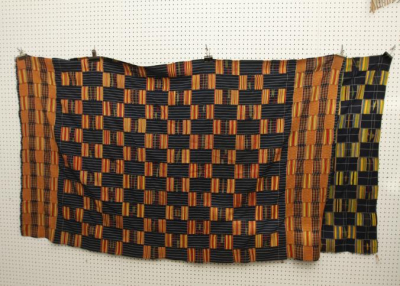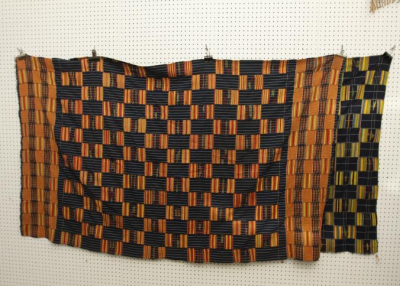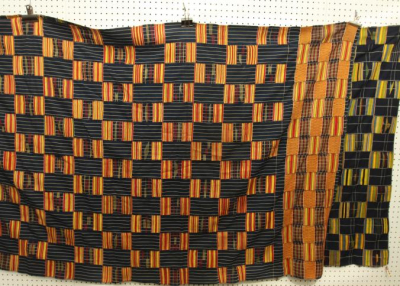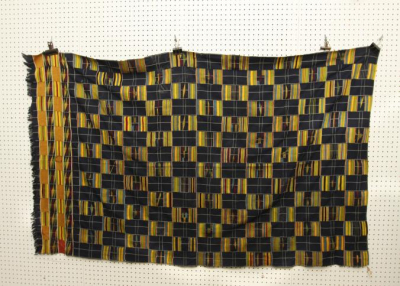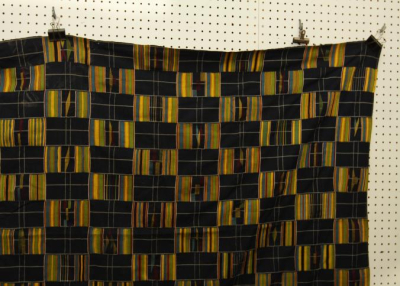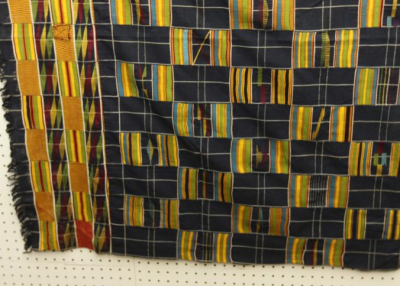Mary Sue and Paul Peter Rosen have collected African art for over thirty years, making nine trips to Africa to study the art in its cultural setting. The Rosens have published three African art books, curated more than ten exhibitions from their collection, and have given public lectures about African art and culture. They have donated art from their collection to various institutions including the Newark Museum, Temple University in Philadelphia, the SMA Fathers African Art Museum in Tenafly, New Jersey, and the African American Research Library in Fort Lauderdale, Florida.
Payment is due by Tuesday, April 11 at 3PM.
Pickup in Pleasant Valley, NY must be completed by Wednesday, April 12 at 3PM.
All lots sold as is, where is. There is a 15% Buyers Premium for all lots purchased. Payment methods include cash, PayPal, MC, Visa, Discover or good check. You can make credit card payment online by going to your Member Area and selecting your invoice. To pay by PayPal, send money to info@aarauctions.com.
*NOTE* Shipping is available on all items.
THE FOLLOWING REFERENCES CITED BY AUTHOR(S) AND PUBLICATION YEAR IN VARIOUS LOTS ARE COMMERCIALLY AVAILABLE:
ROSEN MS/ ROSEN PP: MASKS FROM WEST AND CENTRAL AFRICA 2013J-B BACQUART: TRIBAL ARTS OF AFRICA 1998
ROSEN MS/ ROSEN PP: THE COLORFUL SOGO BO PUPPETS OF MALI 2012
J GILLOW: AFRICAN TEXTILES 2003
D CLARKE: THE ART OF AFRICAN TEXTILES 1997
Auction Info
Mary Sue and Paul Peter Rosen have collected African art for over thirty years, making nine trips to Africa to study the art in its cultural setting. The Rosens have published three African art books, curated more than ten exhibitions from their collection, and have given public lectures about African art and culture. They have donated art from their collection to various institutions including the Newark Museum, Temple University in Philadelphia, the SMA Fathers African Art Museum in Tenafly, New Jersey, and the African American Research Library in Fort Lauderdale, Florida.
Payment is due by Tuesday, April 11 at 3PM.
Pickup in Pleasant Valley, NY must be completed by Wednesday, April 12 at 3PM.
All lots sold as is, where is. There is a 15% Buyers Premium for all lots purchased. Payment methods include cash, PayPal, MC, Visa, Discover or good check. You can make credit card payment online by going to your Member Area and selecting your invoice. To pay by PayPal, send money to info@aarauctions.com.
*NOTE* Shipping is available on all items.
THE FOLLOWING REFERENCES CITED BY AUTHOR(S) AND PUBLICATION YEAR IN VARIOUS LOTS ARE COMMERCIALLY AVAILABLE:
ROSEN MS/ ROSEN PP: MASKS FROM WEST AND CENTRAL AFRICA 2013J-B BACQUART: TRIBAL ARTS OF AFRICA 1998
ROSEN MS/ ROSEN PP: THE COLORFUL SOGO BO PUPPETS OF MALI 2012
J GILLOW: AFRICAN TEXTILES 2003
D CLARKE: THE ART OF AFRICAN TEXTILES 1997
Categories:
More Details
High Bid:
$90.00 – craftycoyoty
Auction Type: One Lot
Quantity: 1
Bidding has closed on this lot

